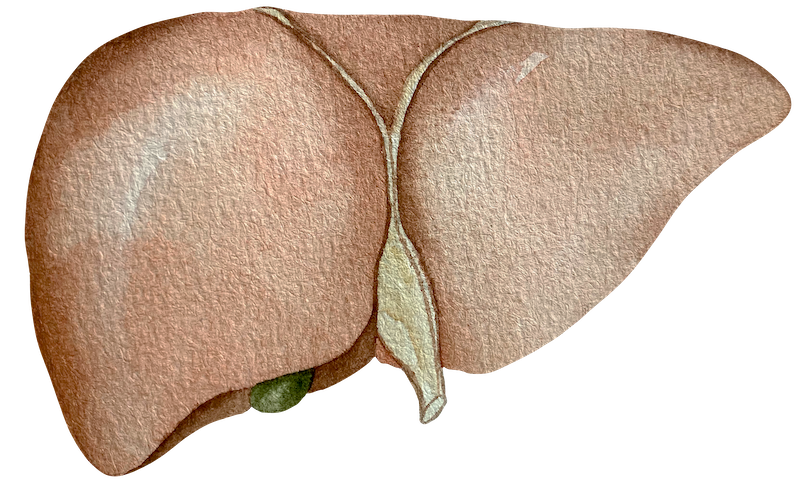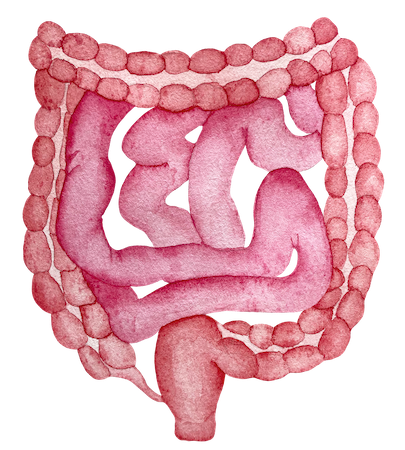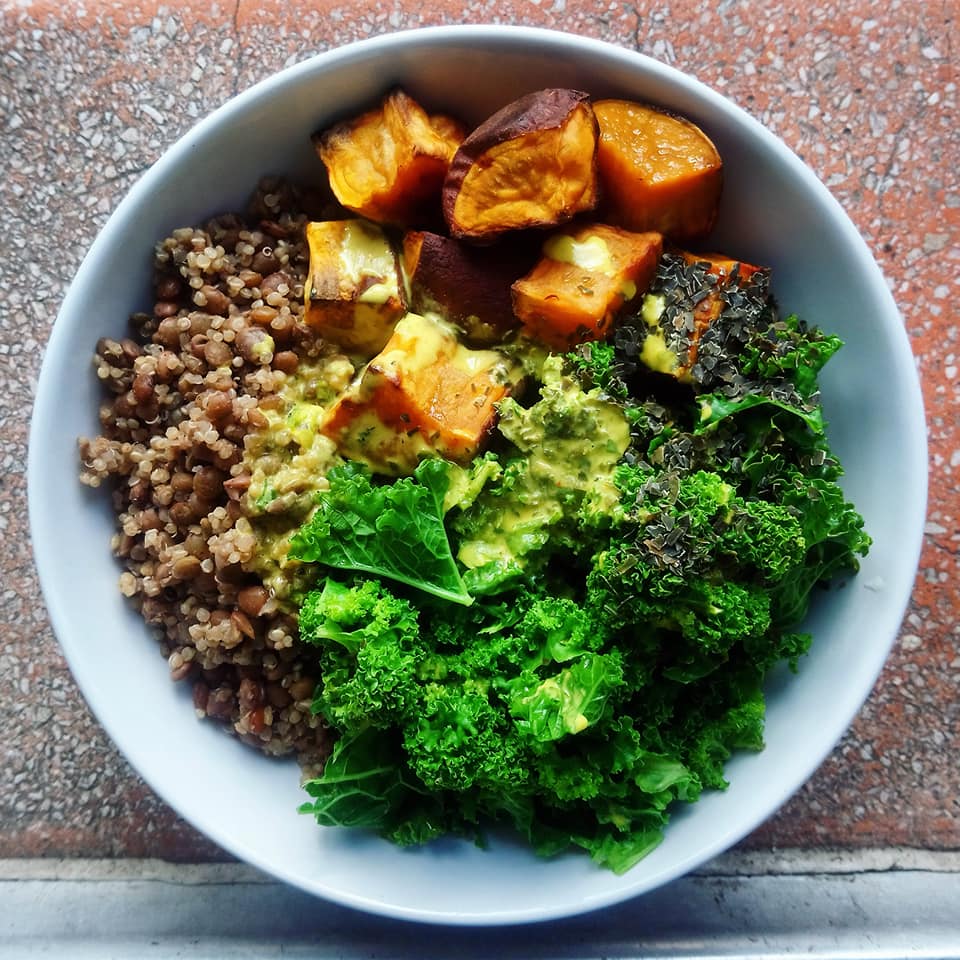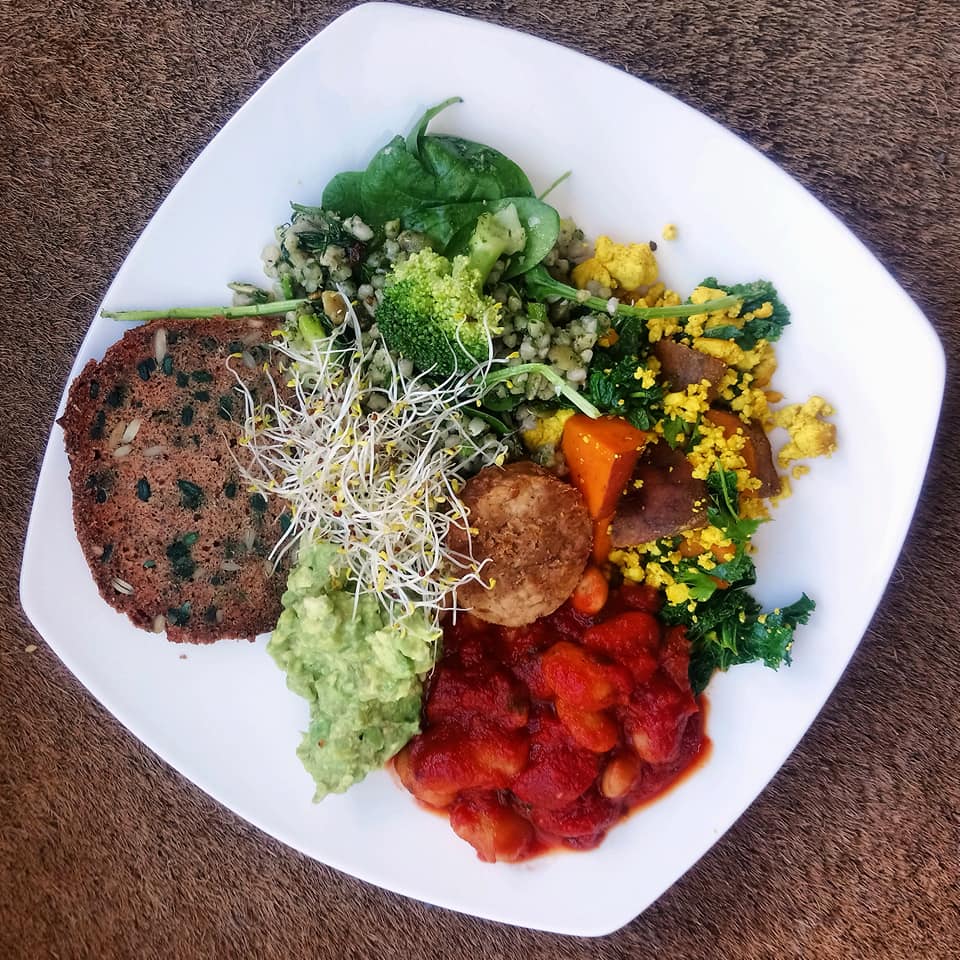The Mind Body Connection
by Arabella Hamilton
Over the course of the last thirty years, numerous studies have provided overwhelming evidence that thoughts, emotions, behaviours and physical health are inextricably linked. Not only do our thoughts and emotions affect our physical body, but the state of our physical body also affects the mind.
Mindfulness has become a buzzword over recent years feeding its way into the mainstream narrative. Books, articles and documentaries teach about the ways in which mindfulness can be applied to everyday activities so that we live more in the moment, in our bodies, and less distracted by our thoughts about the past, or potential future, in ways that can create stress and worry. Many studies have shown that the physical effects of mindfulness on the body are highly beneficial.
Neurons or brain cells communicate through electrical synapses creating pathways and patterns of behaviour as the outside world influences our reactions and the brain creates behavioural loops. We have sayings like ‘auto pilot’ or ‘second nature’ to describe when we operate or respond automatically, and these auto reactions can be for good or bad depending on the situation. When driving a car it’s quite helpful, but when we experience negative auto responses to daily life, these can loop us into destructive behaviours such as immediate stress response to certain triggers and addictions, and create a cascade of chemical responses that are harmful to health.
Fear and stress have a negative effect on health because these thoughts and emotions trigger the release of stress hormones cortisol and adrenaline. These hormones are designed to inject the body with energy by raising the heart rate and producing glucose in order to escape what could be a dangerous or life threatening situation. In modern society our perceived threats are generated more by societal fears and anxieties rather than attacks from sabre toothed tigers, and unfortunately these threats are much more frequent, sometimes several times a day. However, the physical response to these fears is the same and prolonged release of adrenaline and cortisol into the system has negative effects on digestion, immunity, healing and disease. Currently, after two years of a near constant bombardment of frightening news reports while locked in our homes, we are now facing a war in the Ukraine, fuel shortages and inflation. Events such as these feed into fearful thinking, worry and stress, with knock on effects to our health and wellness.
With all this in mind, long term imbalances in the physical body can start to embed behaviours into the psyche, creating negative thought patterns and self limiting beliefs, and in turn these thoughts can create stress and certain situations may feed these responses causing the release of yet more hormones.
The Liver
The liver is one of the largest organs in the body and works very hard to regulate toxicity, create and store energy. It not only has the ability to distribute glucose, but also to store it, converting it into glycogen and back into glucose when needed. The liver can also make glucose from amino acids; especially in times of stress this means that collagen an be drawn from other areas in the body to where it is needed. When the ‘fight or flight’ hormone cortisol is released it triggers the body to produce glucose to flood the system with energy and adrenaline increases the heart rate. This intense burst of focused work means all other functions like digestion, growth and repair and immunity are shut down temporarily whilst we ‘run away from the tiger’ when the threat has gone everything reverts back to normal.
One of the many functions of the liver is generating heat. Heat is a by-product of all the metabolic activity. The blood in the liver is warmed and the heat is then distributed throughout the body. If the liver is overworked it will generate a lot of heat.
In Ayurvedic medicine heat in the body is attributed to the Pitta dosha.
Pitta types especially are recommended to avoid toxic chemicals like alcohol and smoking (addictions that are associated with stress), and they should also avoid overworking, overexertion and overheating, as this all causes heat in the body and unbalances the system. A result of this imbalance can literally fire up negative emotions such as anger, resentment, hatred and intolerance.
In Chinese medicine the element Wood is attributed to the liver and emotions of anxiety and anger.
An unbalanced wood type becomes angry and impatient. If this emotion is expressed inappropriately or internalised it becomes toxic in the body and develops into resentment, self doubt, frustration and depression.
Anger is designed to be short lived and if not expressed appropriately it stimulates the release of the stress hormones cortisol and adrenaline. As a result poorly expressed anger overtime can lead to an extensive list of health problems including stroke, cancer and heart disease.
Chemistry & Emotions
Studies have shown that stress, and the negative emotions that accompany it, create chemical structures in our bodies. That chemical structure is acidic and leads to inflammation and fatigue, which results in a lack of enthusiasm for life and a downward spiral to depression.
The mind body connection proves that negative emotions can create disharmony in mental and physical processes, whereas positive emotions do the opposite and increase the brain’s ability to make good decisions and further boosts the immune system.
Gut Health
As I mentioned earlier, stress and uneasiness releases fight or flight hormones which suppress digestion, it is common that those who suffer with stress and anxiety for prolonged periods of time tend to lose weight, because hunger and the desire to eat is suppressed or, on the other hand, to gain weight due to comfort eating and high cortisol level. High levels of cortisol trigger the body to store fat, which can lead to obesity and many other health problems. In turn, eating inappropriate food doesn’t nourish the body or spirit and further adds to the problem by not replenishing the energy and nutrients lost during stress.
One of the best ways to help normalise cortisol levels is with pre and probiotics. The gut is often referred to as the second brain because of the Enteric Nervous System (ENS) which is millions of nerve cells that line the gastrointestinal tract and communicate with the brain. The gut is colonised by billions of bacteria, and it has been found that gut bacteria produces many neurotransmitters like dopamine and serotonin. If an overgrowth of bad bacteria occurs it can wreak havoc on the microbiome and our emotional state. Harmful bacteria thrive on sugar, processed foods and alcohol, thus reducing the amount of dopamine and serotonin transmitted to the brain, whichi in turn affects our energy, mood and emotions. Many studies have shown that a healthy microbiome keeps bad bacteria in check but also boosts our ability to deal calmly with stressful situations.
Food As Medicine
The structure and chemical makeup of what we eat can enhance or diminish our vitality, health, mood and immunity. The physical act of eating, digesting and assimilating food is tangible and by learning about foods, culinary herbs and their nutritional properties, we can increase our health and wellness, physically, mentally and emotionally.
I am also interested in the non-physical role food and eating plays on the energetic field that sends messages to the physical body. The heart itself emits an electromagnetic field that changes according to our emotions and this field interacts with the electromagnetic fields of others, altering their own heart and brain patterns. I believe this field also interacts with the food that we prepare. When food is made with love and compassion it radiates vibrationally and becomes tangible in the eating. Annapoorna is the Hindu goddess of food and nourishment and it is said that she infused food with love and her food was able to heal. We operate in such a physical world with things we can see and touch that it is easy to forget (or some people may not even consider) that we also have a non-physical body that is an energy field and greatly impacts our world.
Just the sight and smell of food can trigger the digestive juices; walking into a house with a pot of coffee on the go and a cake in the oven, or a big steaming bowl of soup on a cold day, can trigger emotive feelings of comfort, nostalgia or homeliness. I think these feelings triggered by the senses is what the Danish and Norwegians call ‘Hygge’. Likewise on a hot summer’s day the thought of a big juicy watermelon or long cool iced drink can evoke good times, holidays and relaxation. All this transmutes into feelings that make us feel good and that everything is alright with the world.
Eating the Rainbow
Indian wisdom teaches about the 7 chakras (wheels) which are the energy centres of the body. Each chakra is a colour and represents certain emotions, systems or functions of the body.
The 7 Chakras
● Base chakra – Red. Feeling grounded, protected and secure
● Sacral chakra – Orange. Embracing life with passion
● Solar Plexus – Yellow. Courage, gut feeling, intellect and self esteem
● Heart Chakra – Green. Love, forgiveness and compassion
● Throat Chakra – Blue. Expressing your truth, communication
● Third eye – Indigo. Intuition, imagination, inspiration and insight
● Crown Chakra – Purple. Connection to divine energy, spirituality, enlightenment
We often hear that we should eat the rainbow so we cover all the nutrient bases but this idea also has a more subtle influence. Seven rainbow colours are prevalent in the natural world of fruits and vegetables. Vibrant colours fall into groups believed to vibrationally align with certain chakras, offering healing and strength through these energy centres of the body. Each colour pigment has an energetic relationship with one of each of the 7 Chakras:
● Base chakra – Red: root veg, red fruits & veg, spices
● Sacral chakra – Orange: fruits, vegetables, spices
● Solar Plexus – Yellow: vegetables, fruits, legumes, spices
● Heart Chakra – Green: Green vegetables, fruits and herbs
● Throat Chakra – Blue: Liquids, water, broths, teas, smoothies, juices, sea vegetables
● Third eye – Indigo and purple: fruits, veggies, wine
● Crown Chakra – Purple: Breathing, fasting
Maybe our emotional state can guide us to the right colour food to balance certain emotions. For example, a root vegetable soup or a berry smoothie can help combat stress and bring feelings of being grounded and secure. A sunny glass of orange juice might help embrace life with passion. Sometimes we have a strong unexplainable urge to eat a certain food, when I was pregnant I couldn’t eat enough bananas, that was my non-physical body knowing what my physical body needed at that time. Maybe by practising a bit of mindfulness, being more aware of our emotional state and listening to the energetic self we can set the stage for balancing emotions and dealing with stress. One thing is for sure and that the connection between mind body and spirit means that all of these facets of our being need nourishing, as each impacts the other!




